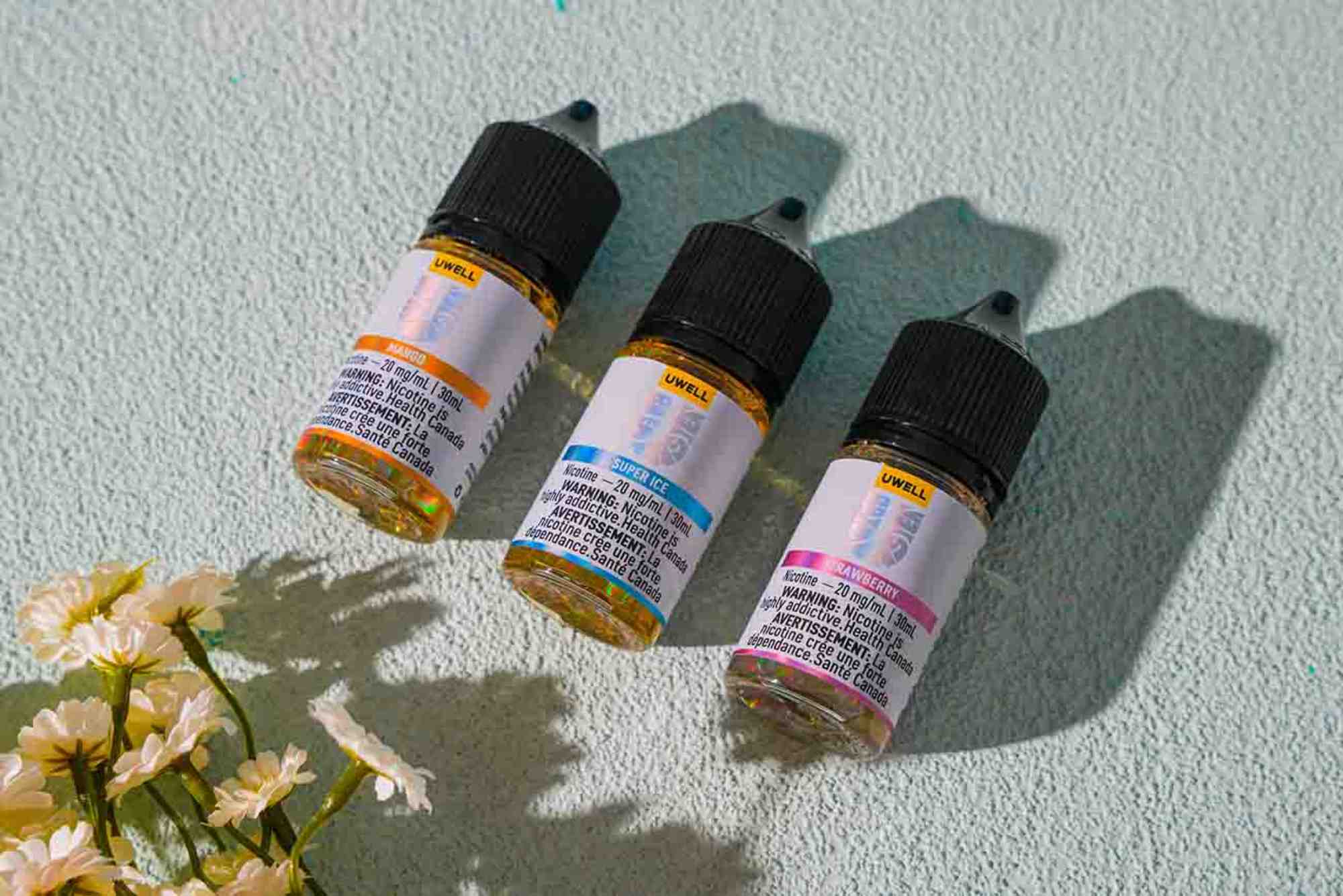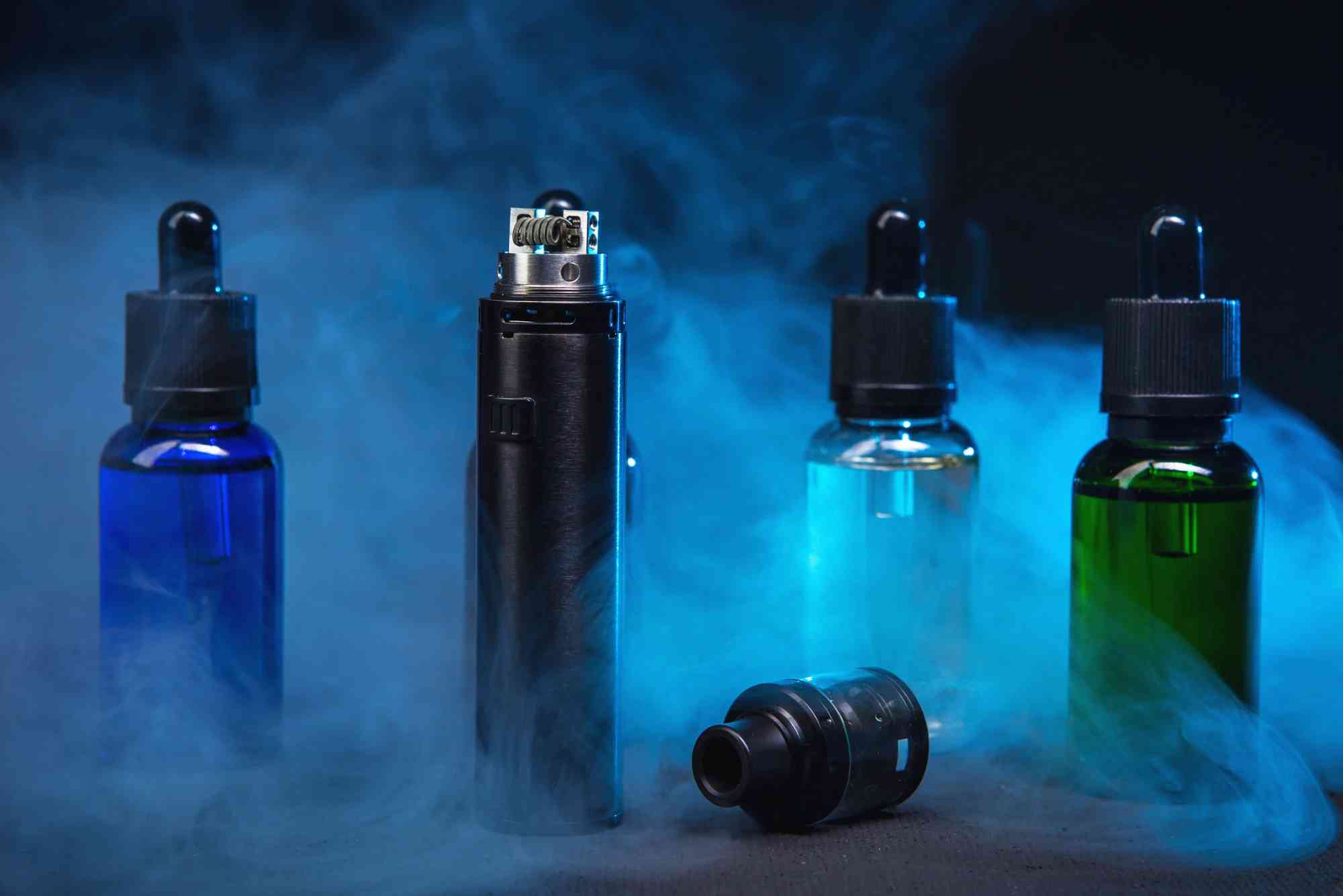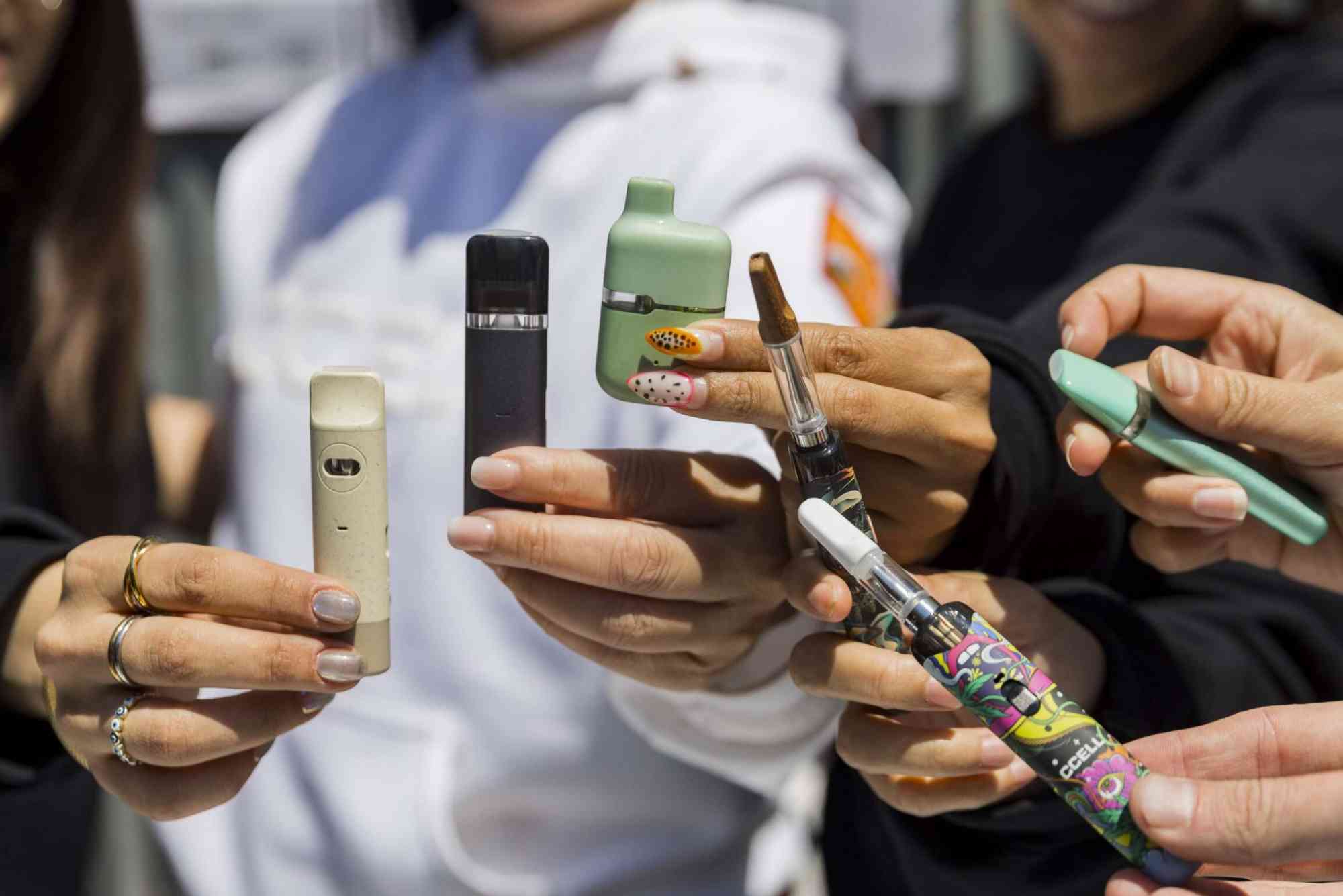E-Liquid Safety: What You Need to Know
Vaping has become a popular alternative to traditional smoking, and with it comes the use of e-liquids. While vaping can be safer than smoking, understanding e-liquid safety is essential to ensure you protect yourself and those around you. In this comprehensive guide, we will cover everything you need to know about handling, storing, and using e-liquids safely. By learning these key aspects, you can enjoy vaping responsibly while minimizing risks.
Understanding E-Liquid and Its Ingredients
Before diving into safety tips, it’s important to understand what e-liquid is made of and how its components can impact health.
E-liquids typically contain four main ingredients: propylene glycol (PG), vegetable glycerin (VG), nicotine, and flavorings. PG and VG form the base, creating the vapor when heated. Nicotine, an addictive substance, is optional and varies in concentration. Flavorings give each e-liquid its unique taste.
Each of these ingredients has different safety considerations. For example, nicotine is toxic if ingested or absorbed in large amounts, especially for children and pets. Likewise, some flavoring chemicals may cause irritation or allergic reactions. Recognizing these factors helps you appreciate why e-liquid safety matters so much.
Safe Handling of E-Liquids
Handling e-liquids carefully is the first step to reducing health risks and accidental exposure.
Avoid Skin Contact
Nicotine can be absorbed through the skin, which may lead to symptoms like nausea, dizziness, or headaches. When refilling your vape device, use caution to prevent spills. If any e-liquid gets on your skin, wash it off immediately with soap and water.
Use Protective Equipment if Needed
For higher nicotine concentrations or larger volumes, consider wearing gloves. This precaution is especially important for those who mix their own e-liquids or handle e-liquid professionally.
Keep Away From Children and Pets
Because of the toxic nature of nicotine, always keep e-liquids out of reach of children and pets. Even a small amount swallowed by a child can be dangerous.
Proper Storage for E-Liquid Safety
Storing your e-liquids correctly preserves their quality and prevents accidental ingestion or exposure.
Store in a Cool, Dark Place
Heat and sunlight can degrade e-liquid ingredients and alter flavor and nicotine strength. Store bottles in a cool, dark area away from direct sunlight.
Keep Bottles Tightly Closed
To maintain freshness and avoid spills, always ensure bottles are tightly sealed after use.
Use Child-Resistant Caps
Choose e-liquids with child-resistant caps to add an extra layer of protection at home.
Understanding Expiry and Shelf Life
E-liquids do not last forever. Over time, nicotine can oxidize, and flavors may degrade.
Check Expiry Dates
Always check the expiry or manufacture date on your e-liquid bottle. Using expired e-liquids may not be harmful but can produce unpleasant tastes or reduced effects.
Dispose of Old or Damaged E-Liquids Responsibly
If your e-liquid is expired or contaminated, do not dispose of it down the drain or in household trash. Instead, follow local hazardous waste disposal guidelines.
Using E-Liquids Safely in Your Vape Device
Even with safe handling and storage, the way you use e-liquids in your device impacts safety.
Use the Correct E-Liquid for Your Device
Different vaping devices require specific types of e-liquids. Using the wrong viscosity or nicotine level can damage your device or create unsafe vaping conditions.
Avoid Mixing Unknown Ingredients
Do not mix your own e-liquids unless you are knowledgeable about the ingredients and proper measurements. Poorly mixed e-liquids may cause irritation or device malfunction.
Monitor for Signs of Leakage or Damage
If you notice leaks, discoloration, or an odd smell from your e-liquid or device, stop using it immediately. These can be signs of contamination or device failure.
Health Considerations Related to E-Liquid Safety
Vaping is generally considered less harmful than smoking, but it is not risk-free.
Nicotine Addiction and Toxicity
Nicotine is addictive and can harm developing brains, especially in teenagers and pregnant women. Additionally, excessive nicotine intake can cause toxicity symptoms such as nausea, vomiting, and increased heart rate.
Allergic Reactions
Some people may experience allergic reactions to PG, VG, or flavorings. If you develop symptoms like rash, coughing, or shortness of breath, discontinue use and consult a healthcare provider.
Effects of Secondhand Vapor
Though less harmful than secondhand smoke, vapor may still contain nicotine and other chemicals. Use vaping devices responsibly in public or around others.
Best Practices for E-Liquid Safety
To summarize, here are key practices to maintain e-liquid safety:
- Always handle e-liquids with care to avoid spills and skin contact.
- Store e-liquids in childproof containers, away from heat and sunlight.
- Use e-liquids within their shelf life and dispose of old products properly.
- Match e-liquid type to your vaping device and avoid unknown mixtures.
- Be aware of your nicotine intake and monitor for any adverse health effects.
By adopting these habits, you reduce potential risks and ensure a safer vaping experience.
Frequently Asked Questions About E-Liquid Safety
What should I do if I accidentally swallow e-liquid?
Swallowing even small amounts of nicotine-containing e-liquid can be harmful. Rinse your mouth immediately and seek medical attention, especially if symptoms like nausea or dizziness occur.
Is it safe to vape around children or pregnant women?
It’s best to avoid vaping near children or pregnant women due to nicotine’s harmful effects on developing brains and fetuses. Use discretion and choose designated vaping areas.
How do I know if my e-liquid is expired?
Check the bottle for a printed expiry date or manufacturing date. If the liquid smells off or the color has changed, it may be expired.
Can e-liquids cause allergic reactions?
Yes, some users may react to PG, VG, or flavorings. If you experience skin irritation, coughing, or breathing difficulties, discontinue use and consult a doctor.
How should I dispose of e-liquid safely?
Follow local hazardous waste regulations. Avoid pouring e-liquid down drains or throwing it in regular trash to protect the environment.
Understanding e-liquid safety is crucial for any vaper. Proper handling, storage, and usage not only protect your health but also the safety of those around you. Remember that nicotine is a potent substance requiring respect and caution.
By applying the safety tips discussed here, you can enjoy vaping while minimizing risks. Stay informed, stay cautious, and prioritize your well-being.





